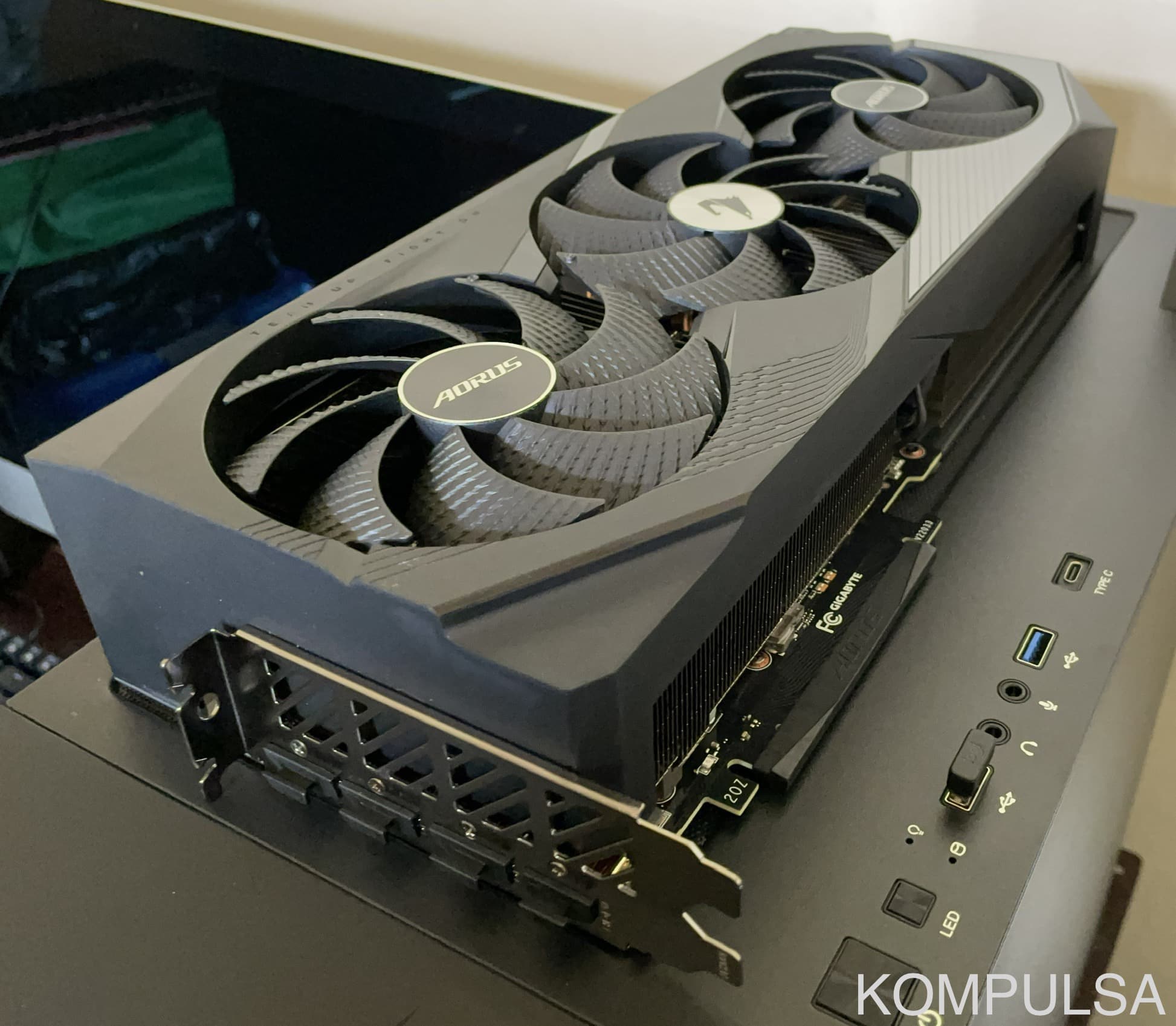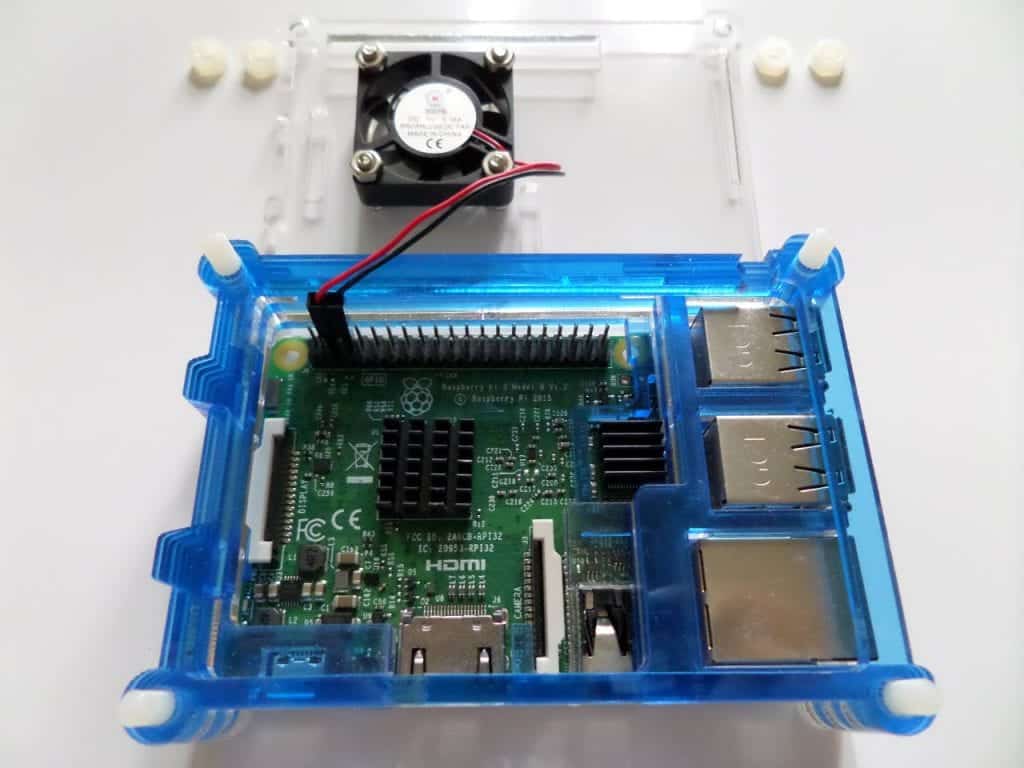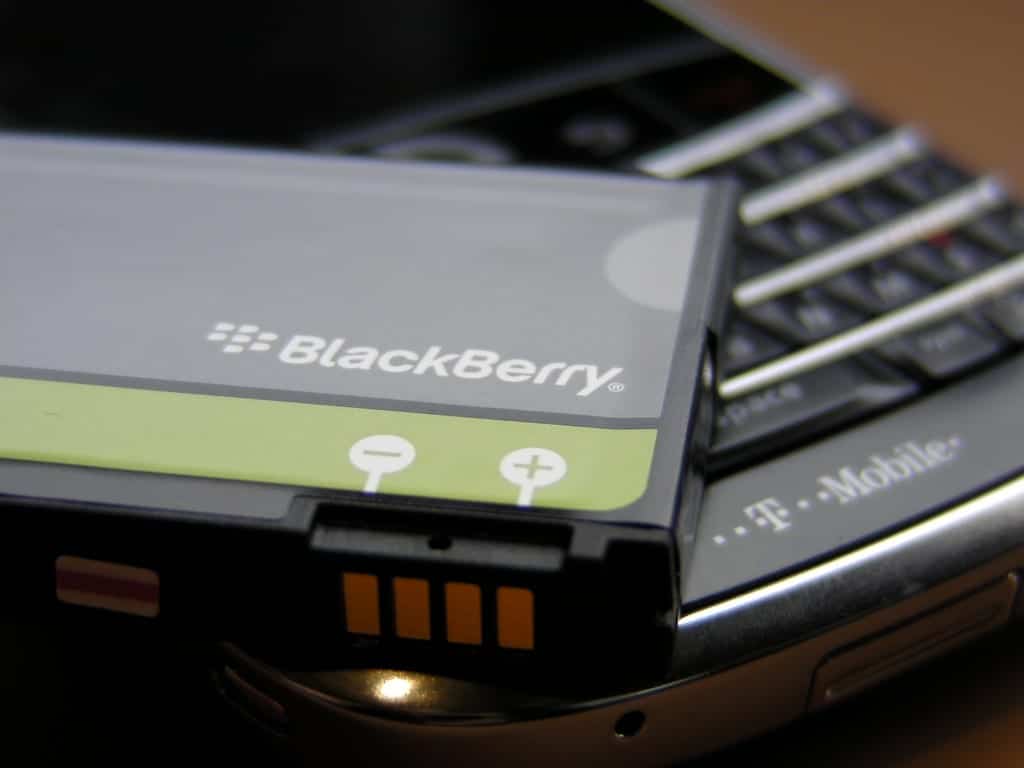The Raspberry Pi single board computers (SBC) have been released over the years with incremented model numbers such as the Pi 1, Pi 2 B, 3, 3B+, etc. Now the Raspberry Pi foundation has been updating older models like the A series, as they offer benefits such as a smaller form factor (they can fit into smaller projects) and lower power usage.
The 3A+ is one of their updated, third-generation Raspberry Pis. It offers half as much RAM as the 3B+ (512MB), but is also significantly smaller all around. The Raspberry Pi 3A+ power consumption is also far lower than that of the 3B+.
The 3A+ contains the same 1.4GHZ quad-core processor found in the 3B+ and can be obtained for $25, which is $10 less than the $35 3B+. You’d be giving up half the RAM, the Ethernet port (it still has Wi-Fi and Bluetooth) and you’d get only one USB port, as opposed to 4 with the 3B+.
I’m actually glad, because the IoT projects I wanted to try out the Raspberry Pi in didn’t quite have enough space for the 3B+, but some have enough space for the 3A+, which is 65mm long and 56 mm wide.
The power consumption of the 3A+ when idle is approximately 1.126 Watts, and 2.295 Watts for the 3B+, making the 3A+ more suitable for IoT devices and similar low-power projects. Under load, the 3A+ is approximately 4.1 Watts and the 3B+ is 5.6 Watts.
If you’re thinking about non-IoT related devices that only require basic GPIO, PWM, and analog-to-digital conversion, consider a microcontroller. Microcontrollers (depending on the model, but this applies to most) consume far less power than all of the Raspberry Pi models and you don’t have to wait for them to load Windows or Linux. They start up/power off almost instantly.
You can easily find a capable microcontroller with a power consumption of 0.25 Watts or less. Some can easily make it down to 0.05 Watts (or even to the microwatt range) depending on configuration. The EFM8, EFM32, and MSP430 can all be powered by a 2032 coin cell battery. On the other hand, if you want to set up a media center, browse the Internet, or do anything multimedia intensive and space isn’t an issue, the Raspberry PI 3B+ is hands-down the better choice due to 4 USB ports for your USB sticks, wireless keyboard and mouse, etc (and of course 1GB of RAM).









